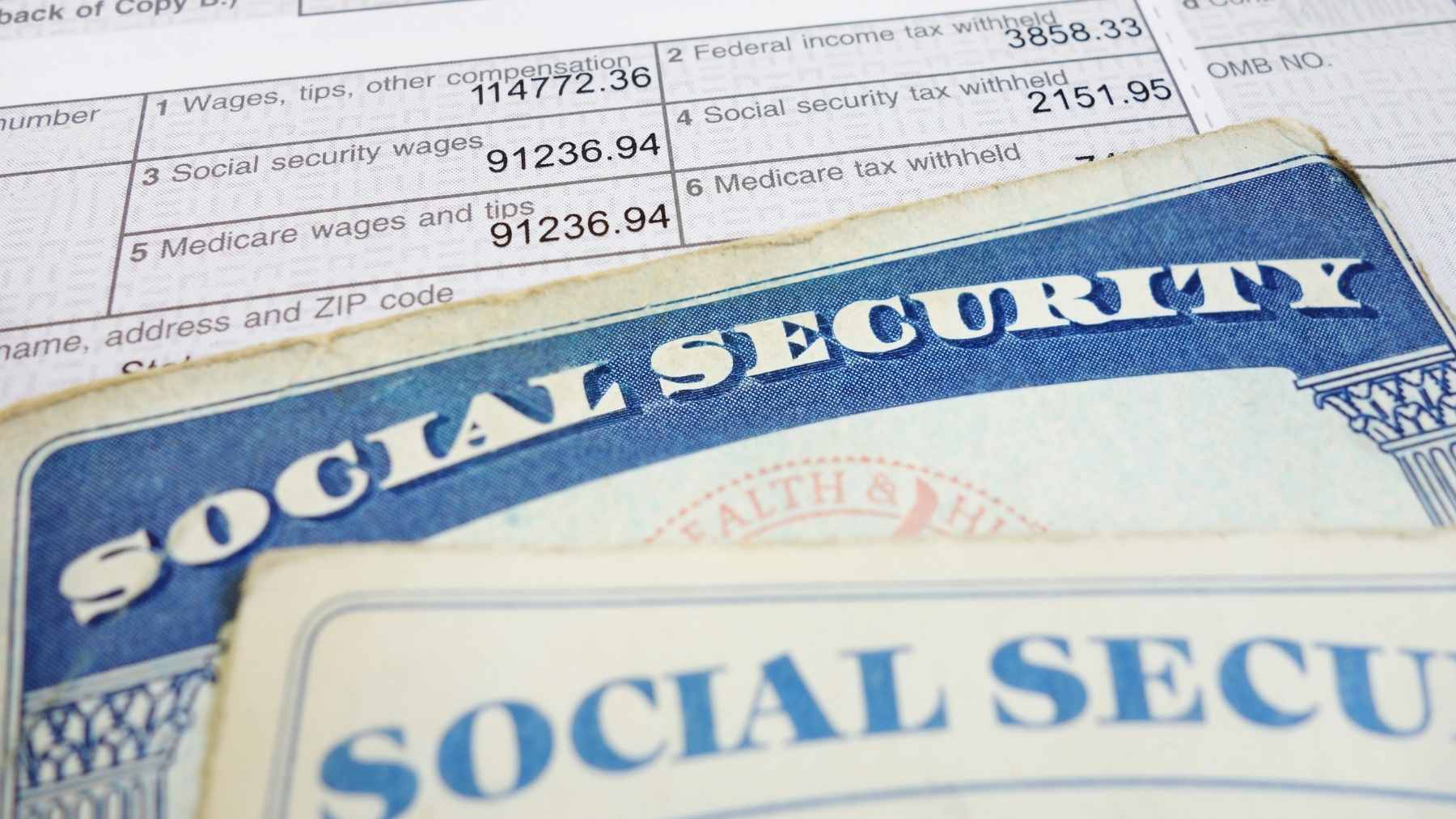A new payment is coming the way of these eligible beneficiaires if you live in this state. Social support programs provide vital assistance to low-income and other vulnerable residents. With a variety of programs available at both the state and federal levels, these programs provide essential resources to keep citizens out of destituted circumstances and are often cornerstone interventions towards ensuring that beneficiaries can receive assistance while they seek employment and other opportunities.
Keeping economically vulnerable individuals safe
One of the most well-known social assistance programs is the Supplemental Nutritional Assistance Program (SNAP), a federally funded program that provides food benefits for low-income individuals. Individual states are responsible for orchestrating and distributing SNAP benefits to their residents, with payment dates differing depending on where in the country you live.
Core federal critiera to receive SNAP benefits include the following:
- Your gross household income must be at or below 130% of the federal poverty line, with the exact amount proportional to the number of people in your household
- Your net household income after deductions must be at or below the poverty line
- Your household assets must not be worth more than $3,000, and for households with a member who is over the age of 60 years old, your household assets cannot be more than $4,500
In addition to meeting the income and asset qualifying critiera, in order to continue receiving SNAP benefits for longer than three months within a three-year period, able-bodied individuals must ensure that they meet certain working critiera.
These individuals can still qualify for benefits
If you are a SNAP beneficiary and a resident of California, SNAP benefits are distributed under the CalFresh program. California SNAP beneficiaries receive their benefits between the first and the tenth of the month, with payment dates differing depending on the last digit of their case number. Case numbers ending in ‘1’ are paid out on the first of the month, case numbers ending in ‘2’ are paid out on the second of the month, and so on and so forth until the tenth of the month.
According to the Calfresh official Fact Sheet, qualifying households of eight members can receive the maximum payment of $1,756, with each additional household member receiving a pro rata payment. From September 30, benefit amounts are expected to be adjusted. In addition to CalFresh benefits, California residents can also receive benefits from the CalWorks program. The CalWorks program is designed specifically for low-income residents with minor children to assist in providing additional financial assistance for eligible members as well as provide job training, child care, housing support, and medical assistance. Payments are made according to the same schedule as the CalFresh benefit schedule.
This state continues to provide support for residents
In addition to the CalFresh and CalWorks programs, California has some of the most widespread social support programs on offer for residents. This year, the state launched its Family First Economic Support Pilot (FFESP) program. FFESP is intended to investigate the feasibility of offering a guaranteed basic income program for low-income residents. The pilot currently provides $725 to beneficiaries for one calendar year, in addition to providing resources such as financial planning and budget workshops, and coaching.
In order to have qualified for the pilot program, residents needed to have met specific qualifying critiera, including residing within specific zip codes of Sacramento County, having a child under the age of five years old to which you are the main caregiver and who resides with you for at least 50% of the time, and your total household income must be at or below 200% of the federal poverty line. Eligible beneficiaries were chosen at random from the applicant pool and will continue to receive payments until July 2026.
Disclaimer: Our coverage of stimulus checks, tax reliefs, tax rebates, tax credits, and other payments is based on the official sources listed in the article. All payment amounts and dates, as well as eligibility requirements, are subject to change by the governing institutions. Always consult the official source we provide to stay up to date and obtain information for your decision-making.












